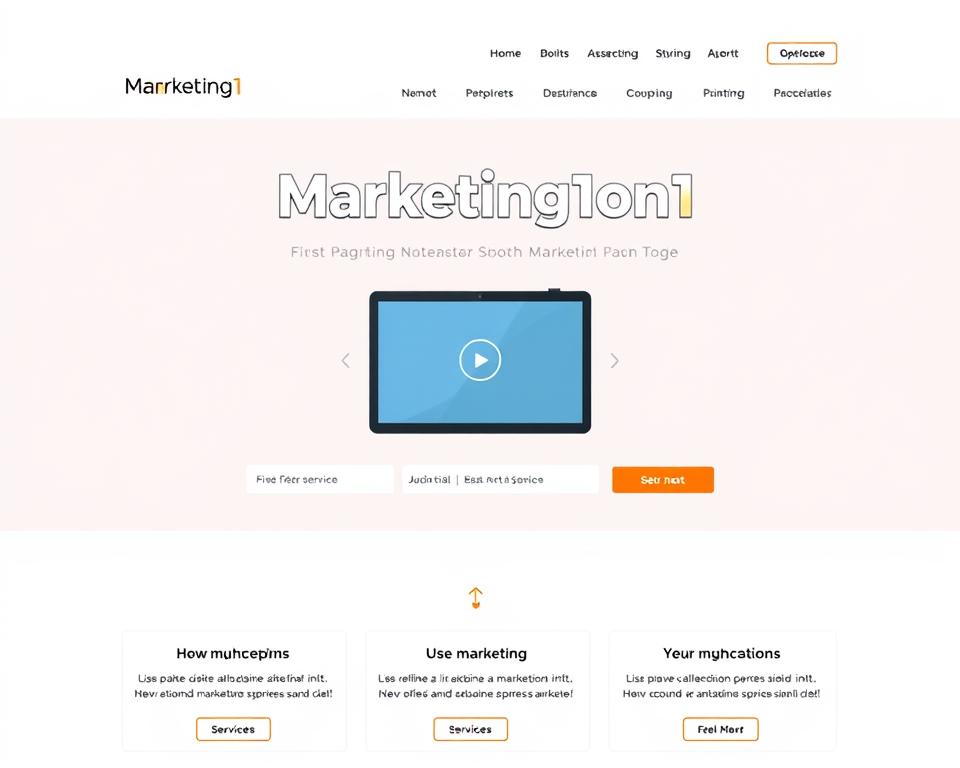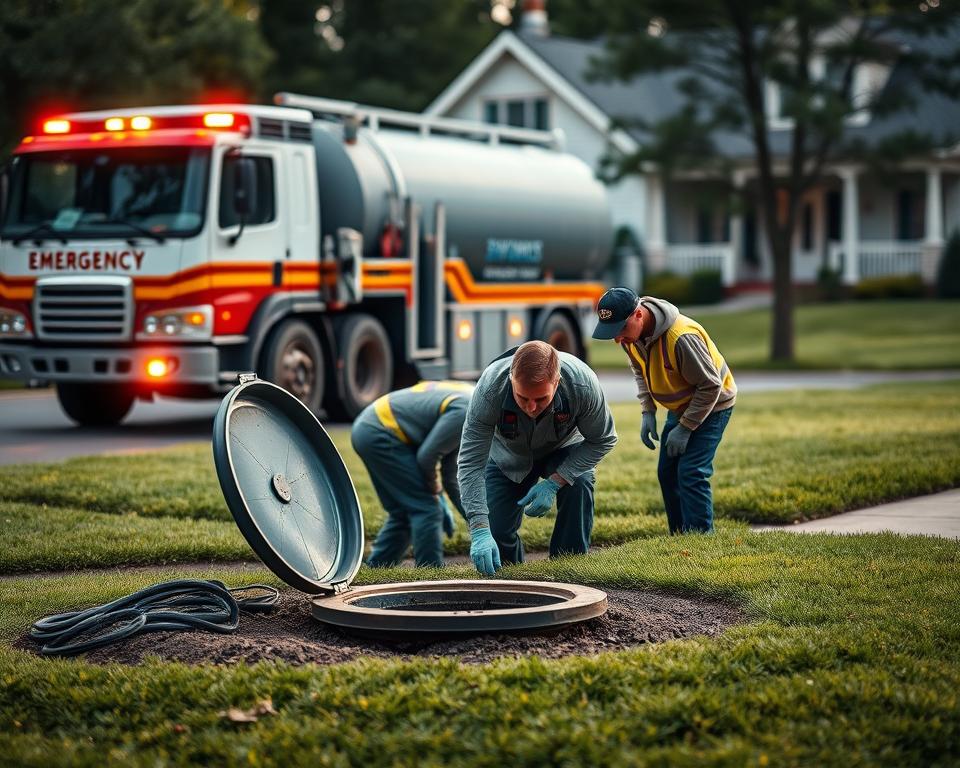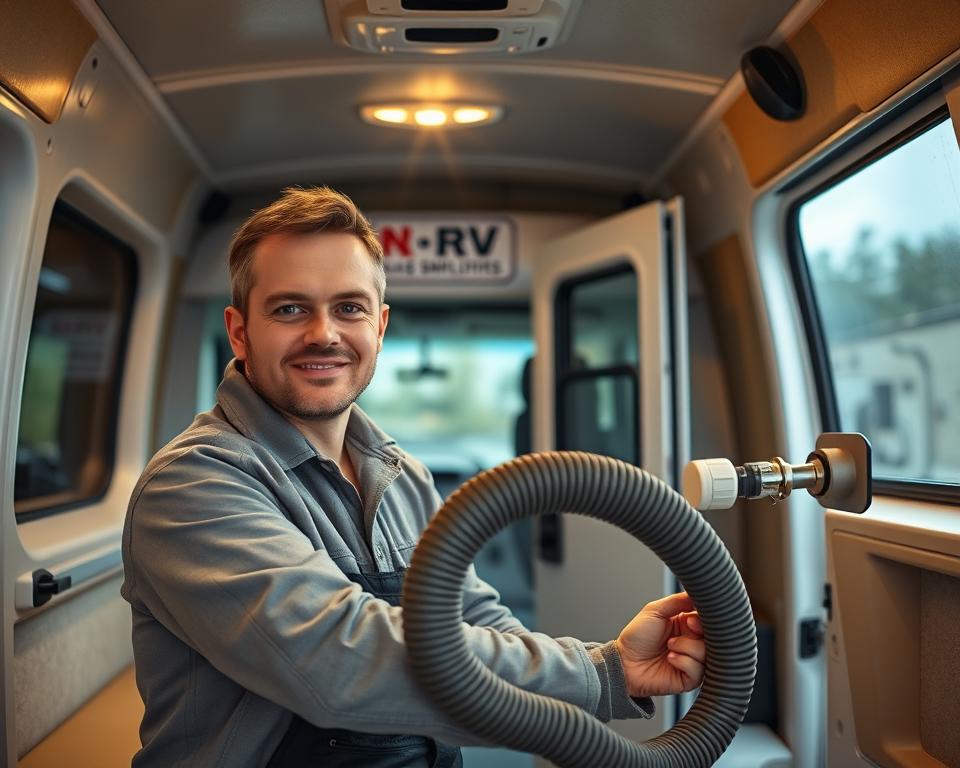Discover the Thrill of Hapabox Mystery Box – Give It a Go!
Imagine receiving a gift that brings joy and sparks curiosity. Hapabox mystery box turns that dream into real life, sending thrills right to your doorstep. It’s more than just a surprise; it’s an adventure in every box. Be it a treat for you or someone special, every box overflows with goodies.
Thanks to simple online ordering, you unlock a realm of handpicked delights. The unboxing experience is not just about receiving gifts; it’s an interactive journey. It recreates shopping as an exhilarating play. Why hold off? Begin your mystery box open game quest immediately!
Begin Your Adventure with Hapabox
Join the energetic Hapabox sphere, where every hapabox surprise box thrills explorers. Hapabox revolutionizes gift buying, packing each moment with suspense and fun. Shoppers can explore a wide range of themes, guaranteeing personalized presents for all tastes.
Be it the latest gadgets or chic fashion pieces, Hapabox has options for every lover. Every box houses a set of handpicked items, ideal for those wanting unforgettable gifts. A vast array means there’s always the perfect pick for loved ones or yourself.
Your Guide to Hapabox Mystery Box
This mystery box delivers a fresh assortment of handpicked goods to delight you. Themes drive each box’s contents, appealing to varied interests. This delivers a wonderful array of goods you might not usually consider. Surprise is Hapabox’s signature, standing out among other mystery sites.
Each order kicks off a thrill-packed voyage of surprises. Curiosity peaks during delivery wait, dreaming of hidden delights. No two boxes match—each one revitalizes the shopping journey.
The thrill of unboxing fuels the excitement. Clients enjoy discovering special picks, from must-have gadgets to novelty trinkets. For those who enjoy the unexpected, a Hapabox mystery box becomes a delightful treat that brings joy and satisfaction with every opening.

How to Unbox Your Hapabox Surprise Box
Each unbox session evolves into a heart-pounding escapade. From delivery moment, anticipation kicks in. Unwrapping resembles a suspenseful game, item by item.
Invite pals or family to join the unboxing party. Friends amplify the thrill, turning reveals into communal joy. Item by item, suspense builds—each reveal surprises anew.
Animations and gamification enrich the unwrapping. Fun visuals and game-style cues draw you in. Each item unveiled adds to the overall excitement, keeping everyone on the edge of their seats.
Take pleasure in each secret reveal. The more you engage with each element, the richer your unboxing experience will become. Dive into fun and let each reveal craft lasting moments.
Hapabox Mystery Box Selection
Hapabox’s extensive box selection fits any passion or celebration. Choose from gadget, fashion, or hobby-themed boxes. So each shopper uncovers a box tailored to their liking. Such diversity makes gifting inventive and considerate.
Subscribe to get fresh mystery boxes each cycle. This brings excitement and anticipation into their lives. Each subscription box mixes delight with everyday functionality. Ensuring every box opens with festivity.
| Category | Description | Examples of Themed Boxes |
|---|---|---|
| Tech Gadgets | Latest gadgets to improve everyday life. | Smart Home Devices, Portable Chargers |
| Fashion Items | Trendy apparel and accessories. | Streetwear Collection, Jewelry Boxes |
| Hobbies | Engaging items that support personal interests. | Gaming Essentials, Craft Supplies |
Unpredictable Unboxing Fun
The thrill of a mystery box open game is rooted in its unpredictability. Each unboxing experience offers the chance to discover unique and valuable items hidden within a surprise box. Suspense grows with each layer you uncover. That adventurous spark turns shopping into entertainment.
Participants in mystery box open games often find themselves returning for more, an indication of the joy these experiences can bring. With each Pokemon mystery box you get a fresh chance for delight. This unpredictability builds a thriving unbox community sharing joy.
Why Choose a Hapabox Mystery Box for Unique Gifts?
Hapabox shines for those seeking distinctive gifts. Boxes brim with carefully selected items to suit personal styles. Personal touches make every gift unforgettable. They’ll recognize the effort and feel special.
Perfect for birthdays, holidays, or just to make someone’s day, a Hapabox mystery box is versatile. Varied items cater to all tastes, from techies to fashionistas. This method turns gift-giving into a creative, caring act.
Choosing Hapabox gives a gift that resonates deeply. They’ll cherish the personal touch and the surprises. A Hapabox mystery box is more than a present; it’s a symbol of connection and thoughtfulness.
Exploring Themed Boxes: What’s Available?
Hapabox’s theme-based boxes match any passion or fad. Each box is carefully curated to offer an exciting experience centered around a specific topic. The “Pokemon TCG mystery box” delights fans with trading cards and collectibles. The “streetwear mystery box” brings cutting-edge fashion for trendsetters.
Community forms around each theme as members share discoveries. A theme box lets you explore your favorite hobby. Unwrapping becomes a deep dive into your interest.
| Themed Box Type | Description | Target Audience |
|---|---|---|
| Pokemon TCG Mystery Box | A curated selection of trading cards, accessories, and collectibles. | Card game enthusiasts and collectors. |
| Streetwear Mystery Box | Fashion items including clothing and accessories from renowned streetwear brands. | Fashion-forward individuals interested in urban culture. |
| Gamer Box | Includes merchandise and gear from trending video games. | Gaming community and fans. |
| Kids Mystery Box | Fun toys, books, and games tailored for children. | Parents and gift-givers. |
Tailored Hapabox Experiences
They specialize in personalized surprises tuned to personal likes. Each package contains passion-aligned delights. Such precision guarantees an ideal box every time.
Pick your theme to craft a custom box. Select from hobby editions, color sets, or theme packs. It tunes each box precisely, improving customized gifts to perfection. Ensuring each unwrapping is etched in memory.
| Box Type | Description | Example Items |
|---|---|---|
| Hobby Box | Customized gifts themed around specific hobbies. | Craft supplies, knitting kits |
| Wellness Box | Focus on relaxation and self-care. | Essential oils, bath bombs |
| Gamer Box | For gaming enthusiasts with classic and new items. | Game collectibles, themed wearables |
Integrating personalized surprises into mystery box website brings joy and strengthens bonds.
Delivery Information
They promise timely shipping and consistent reliability. Standard shipping takes 3–7 days, fueling anticipation. The tracking feature adds to the experience, keeping customers informed about their delivery.
In a hurry world, swift shipping is key. It’s important for customers to know when to expect their items. Hapabox leads with reliable fulfillment and on-time arrivals.
| Shipping Option | Estimated Delivery Time | Tracking Availability |
|---|---|---|
| Standard Shipping | 3–7 Business Days | Yes |
| Expedited Shipping | 1–3 Business Days | Yes |
Hapabox Mystery Box vs. Other Mystery Box Websites
True authenticity and high quality matter in mystery boxes. While numerous sites exist, few equal Hapabox’s benchmarks. Verified partners supply real products, distinguishing Hapabox.
Opting for Hapabox yields key advantages:
| Feature | Hapabox Mystery Box | Other Mystery Box Websites |
|---|---|---|
| Product Authenticity | Guarantee from verified partners | Quality can vary significantly |
| Variety of Boxes | Diverse themes and options | Limited selection |
| Customer Trust | Highly rated by users | Mixed reviews depending on the site |
| Customer Support | Responsive and helpful | Often lacking |
Buyers pick Hapabox for its excellence and dedication to happiness. Choose a platform prioritizing these features for maximum joy.
Customer Opinions
Clients praise Hapabox in their testimonials. Comments emphasize the suspense and delight of unboxing.
Users love stumbling upon unusual finds beyond their normal wishlist. Comments praise both quality and affordability. Buyers often mention the thrill of hidden gems. This element of surprise keeps customers coming back for more, solidifying Hapabox’s reputation in the mystery box market.
| Rating | Comments | Highlights |
|---|---|---|
| 5 Stars | Love the surprises! Never know what I will get! | Exciting new items each time |
| 4 Stars | Great quality, but I wish there were more themes. | Well-made products |
| 4.5 Stars | Fantastic value for the price! Highly recommend. | Unique finds that impress |
User reviews colorfully depict the thrill of each reveal. For those looking for something extraordinary, user reviews offer compelling reasons to explore what Hapabox has to offer.
Unlock Discounts
Unique offers boost the joy of each reveal. New users enjoy deals that kick off their unbox quest. Promotions feature code-based savings and referral perks to try more themes.
Grabbing discounts cuts costs without sacrificing thrill. Each reveal remains a fresh journey with varied themes. The urge to explore more boxes fuels ongoing excitement.
Join the Community: Share Your Unboxing Journey
Connecting with fellow unboxers boosts excitement. Post on socials to rally friends around your reveals.
Media posts encourage a dynamic discovery exchange. The right tags unite you with the reveal community. This interaction celebrates the diversity in gifting and surprise. You’ll find inspiration for future purchases and creative ideas, all while connecting with the community.
Being part of this vibrant community turns unboxing into an event. Each reveal sparks excitement and discussion. Swap tales to see diverse Hapabox thrills, ensuring every unbox is distinct.
Selecting Your Ideal Box
Choosing the right mystery box can improve your experience, making it more enjoyable and fulfilling. Assess your likes and dislikes to guide your pick. Identify the styles and items you love. Are you drawn to gadgets, beauty products, or quirky decor? Knowing your style guides you to the best box.
Use Hapabox filters to narrow your search. Use these tools to find boxes that match your tastes. Review past reveals to pinpoint favorites. Community feedback can steer you right.
For self-treats or presents, these suggestions assist. They guarantee a joyful box experience.
Mystery Box Community Connect
The mystery box community is alive with excitement, offering a chance for people to connect and share. Through online forums and social media, collectors can swap stories, tips, and celebrate each unboxing.
Narrating your unwrapping enhances the experience. Share those rare discoveries and top box picks. This sense of community boosts everyone’s enthusiasm, creating a space where passion thrives.
Conclusion
With Hapabox, you embark on a fascinating purchase voyage rich with suspense. Boxes are assembled with care, ensuring unforgettable reveals. Perfect as a treat for you or a cherished gift for others. The diverse selection distinguishes Hapabox from the rest.
Hapabox goes beyond just selling products; it brings joy, community, and engagement. Shoppers can share their unboxing experiences with others, adding to the excitement. That communal angle deepens connections among fans united by suspense.
Going with Hapabox promises a remarkable digital shopping ride. For more thrilling gifts or self-care surprises, give Hapabox a shot. Find the thrill and joy hidden inside every package.









